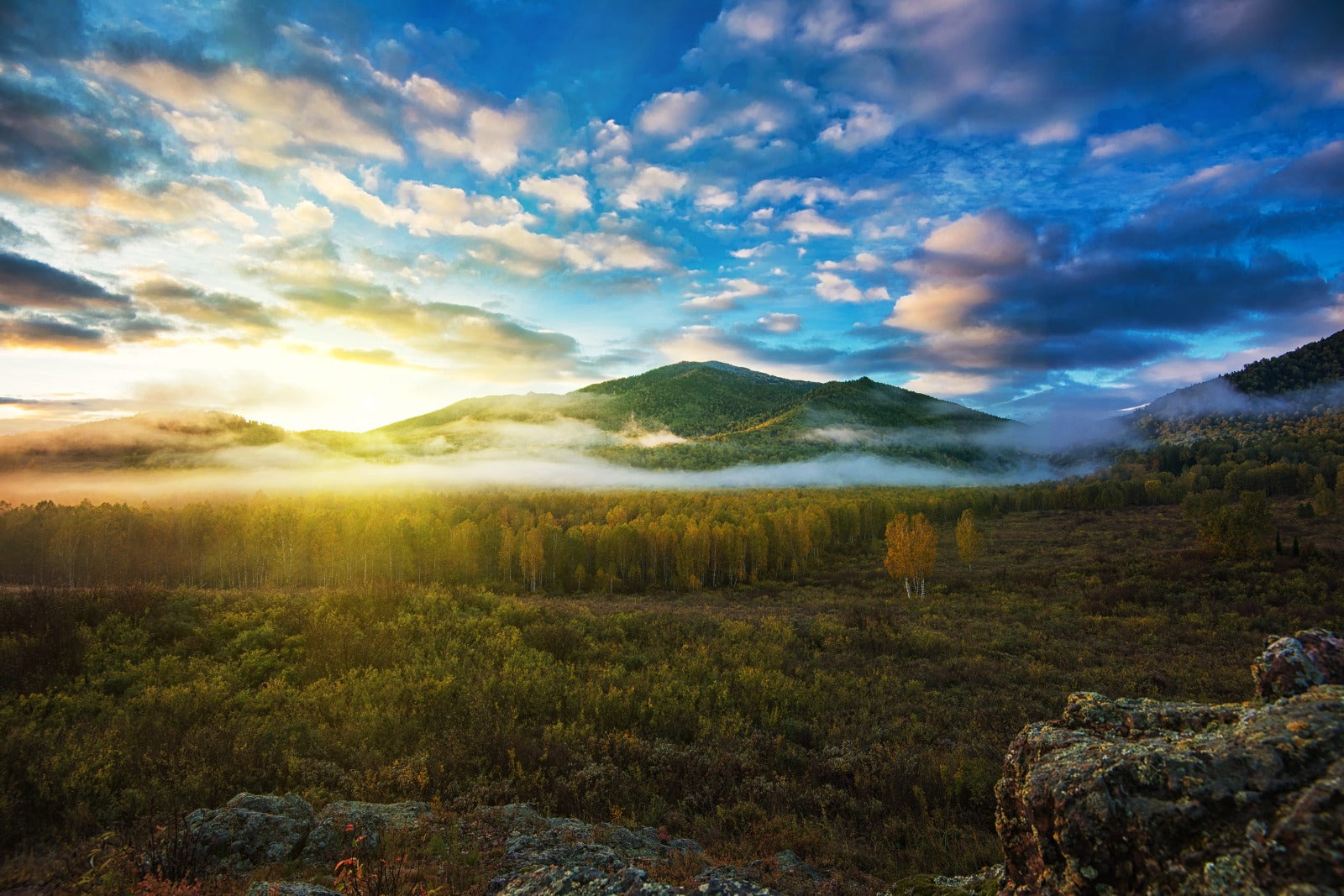The inhabitants of Siberia have been using the fruits of sea buckthorn for a long time, harvesting them in the wild thickets. In folk medicine, the healing effect of sea buckthorn berries is known. They contain 4-5.8% sugars, 42-112 mg% vitamin C, 2-5% carotene.
In recent years, attention has especially increased to the healing sea buckthorn oil, which is used to treat burns, long-term non-healing wounds, stomach ulcers, gastritis, etc. Vitamin E and sea buckthorn oil contained in sea buckthorn berries prevent vascular sclerosis, muscle degeneration, and cholesterol deposition.
Why is the Siberian sea buckthorn considered the most useful? For what reason does it have unique healing properties that allow it to get rid of many ailments? Let's try to figure it out.
Biological features.
Sea buckthorn is a dioecious wind-pollinated plant. On some bushes there are only female flowers and fruits are formed from them. On other bushes, there are only male flowers that do not bear any fruits. And they serve for pollination of female flowers.
Male plants differ from female plants in buds when they enter fruiting. In male plants, the buds are large and resemble a small cedar cone. During flowering, male plants are clearly visible from afar.
Sea buckthorn bears fruit only on the growths of the last year. In this regard, the fruiting zone annually moves to the periphery of the crown. The productive age of the bush is 10-12 years, although its life expectancy may be longer.
What type of soil does sea buckthorn prefer?
Although the homeland of sea buckthorn is considered to be Russian Siberia this plant does not grow throughout the entire territory of this huge region. From the point of view of soil suitability, only some parts of Western Siberia are most suitable for sea buckthorn.
Sea buckthorn prefers a soil that is light in texture, due to the conditions of its natural growth. For optimal plant development, first of all, good aeration (duty cycle) of the soil, a neutral environment, and sufficient phosphorus content are important.
Good natural illumination is also necessary (in the shade, sea buckthorn dies) and optimal soil moisture, especially in the spring-summer period. Such favorable conditions can be found only in Western Siberia.
Why does sea buckthorn "love" the harsh Siberian climate?
In Western Siberia, wild sea buckthorn lives on the sandy banks of rivers and is considered one of the hardiest plants that can easily withstand severe frosts. However, it is genetically adapted only to winters with little snow, deep freezing of the soil, and stable temperature without sharp fluctuations in the cold season. And only in the presence of all of the above factors can it maintain winter hardiness with prolonged deep sleep.
In the conditions of European and American winters (most often with a thick layer of snow), the resistance of this plant to sharp drops in temperature after prolonged thaws decreases.
Under the snow cover in the thawed soil, the "Siberian berry" wakes up ahead of time, spending the entire supply of nutrients for breathing, and suffocates from oxygen starvation, excess carbon dioxide. Often, the bark and cambium at the root collar and in the lower part of the trunk are vomited out.
The weakened plant loses its immunity to fungal diseases - fusarium and verticillosis, the pathogens of which are always teeming in clay, loamy soils with a heavy texture, which are not at all characteristic of the wild sea buckthorn habitat.
So, precisely due to an amazing coincidence of circumstances and several favorable climatic factors, it was Western Siberia that became the home of sea buckthorn. Yes, you can most likely find separately growing sea buckthorn bushes in other regions of Russia (first of all, on private land holdings), but it is the western part of Russian Siberia that abounds in the most useful berry - wild sea buckthorn.





Leave a comment (all fields required)